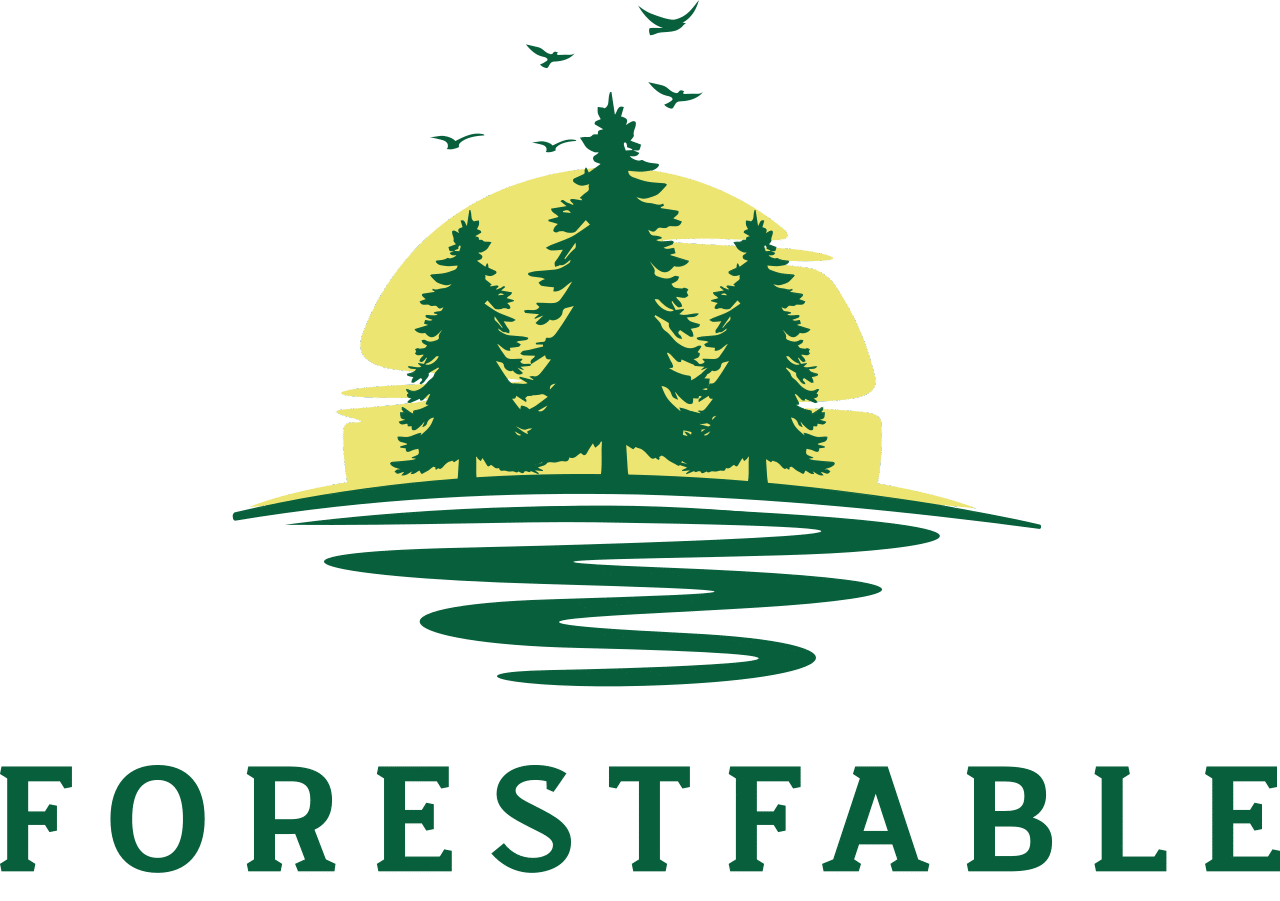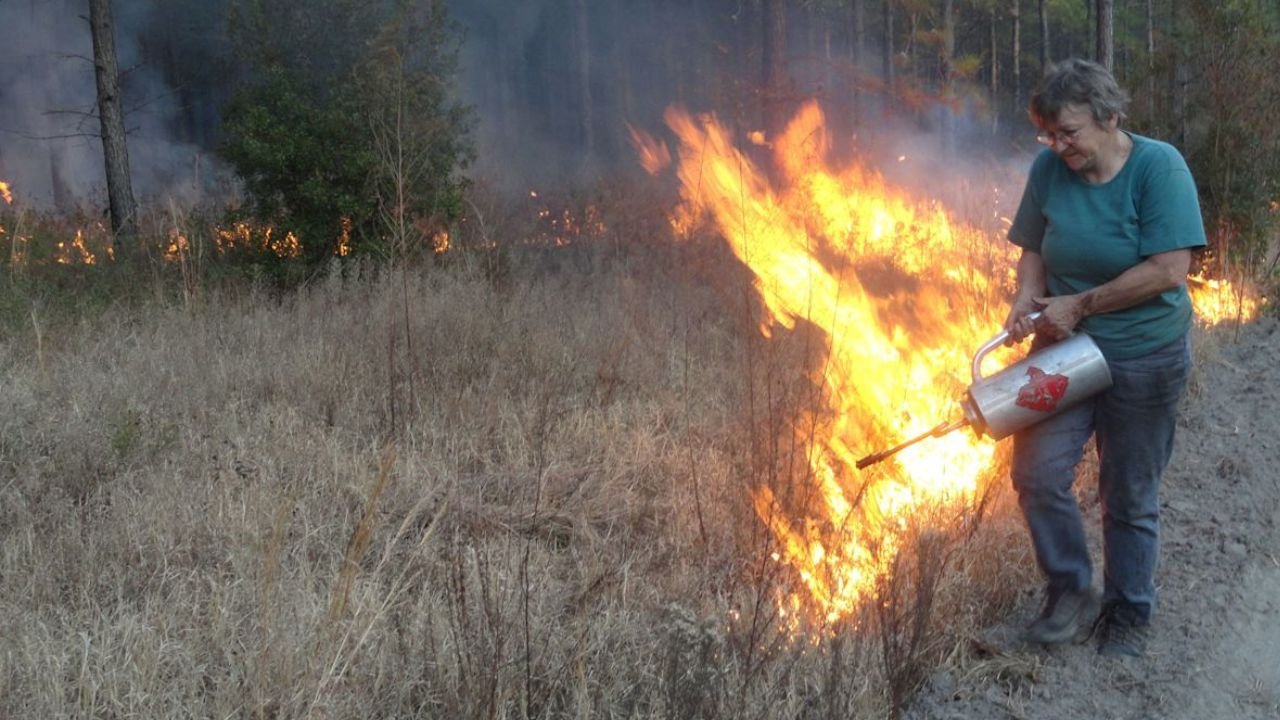The voluntary carbon market (VCM) has emerged as a critical tool in the global fight against climate change, channeling private finance into projects that reduce or remove greenhouse gas emissions. Among these, forest carbon projects—encompassing afforestation, reforestation, and forest conservation—stand out as a beacon of high-integrity solutions. A new report, highlighted by industry leaders like Ecosystem Marketplace and Conservation International, underscores how these projects are modeling a path forward for a credible, transparent, and impactful VCM in 2025. This 2,000-word article, designed for a 10-minute read, explores the report’s findings, the role of forest carbon projects, and strategies for scaling a high-integrity VCM to meet global climate goals.
The State of the Voluntary Carbon Market in 2025
The VCM allows companies, individuals, and organizations to voluntarily offset their carbon emissions by purchasing credits from projects that reduce or sequester emissions. Valued at $1.6 billion in 2025 and projected to reach $47.5 billion by 2035 with a 40% CAGR, the market is poised for significant growth. However, it has faced challenges, including a 56% transaction volume decline in 2023 due to negative media scrutiny and buyer hesitation awaiting clearer integrity standards. Despite this, the market is rebounding, driven by a shift toward high-quality credits, particularly from nature-based solutions like forest carbon projects.
Forest carbon projects dominate the VCM, accounting for 49% of the market share in 2024. These projects, which include reforestation, afforestation, and Reducing Emissions from Deforestation and Degradation (REDD+), deliver not only carbon benefits but also co-benefits like biodiversity preservation and community development. The new report emphasizes that these projects are setting a gold standard for integrity, offering a blueprint for the VCM’s future. Let’s delve into the report’s key findings and their implications.
Key Findings: Why Forest Carbon Projects Lead the Way
1. High-Integrity Standards Drive Market Confidence
The report highlights the adoption of rigorous standards, such as the Integrity Council for the Voluntary Carbon Market’s (ICVCM) Core Carbon Principles (CCPs), which set benchmarks for additionality, permanence, and transparency. Forest carbon projects excel under these standards due to their measurable impact and robust verification processes. For instance, credits from projects with co-benefit certifications (e.g., Climate, Community & Biodiversity Standards) command a 78% price premium, reflecting buyer demand for quality.
- Example: A reforestation project in Indonesia, certified by Verra’s Verified Carbon Standard (VCS), used satellite monitoring and third-party audits to verify 1 million tonnes of CO2 sequestered, earning a 50% higher price than non-certified credits.
2. Co-Benefits Enhance Value
Forest carbon projects deliver environmental and social co-benefits, aligning with the UN Sustainable Development Goals (SDGs). These include protecting endangered species, improving water quality, and supporting Indigenous communities. The report notes an 86% price premium for SDG-aligned projects, underscoring their market appeal.
- Example: The Amazon REDD+ project in Brazil, supported by Conservation International, not only sequesters carbon but also funds schools and healthcare for local communities, making it a buyer favorite.
3. Technological Innovations Boost Credibility
Advancements in monitoring, reporting, and verification (MRV) technologies—such as satellite imagery, AI, and blockchain—are enhancing the reliability of forest carbon projects. AI models, trained on decades of deforestation data, predict leakage risks with 80–90% accuracy, ensuring credits reflect real atmospheric change.
- Example: A Kenyan afforestation project used remote sensing to monitor tree growth, reducing MRV costs by 30% and increasing buyer trust, per a 2024 Verra case study.
4. Resilience Amid Market Volatility
Despite a market contraction in 2023, forest carbon projects maintained strong demand, with forestry and land-use credits leading retirements. The report attributes this to their tangible climate impact and alignment with corporate net-zero goals. Buyers like Microsoft, which purchased 3.5 million carbon credits in 2025 to offset AI-related emissions, prioritize these projects for their durability and co-benefits.
5. Policy Support Signals Growth
The report points to growing policy alignment, such as the U.S. Commodity Futures Trading Commission’s 2024 guidelines and COP29’s advancements in Article 6 of the Paris Agreement. These frameworks integrate VCMs with compliance markets, boosting demand for high-integrity credits. Forest carbon projects, with their established methodologies, are well-positioned to benefit.
Challenges Facing the VCM and Forest Carbon Projects
While forest carbon projects are a model for success, the VCM faces hurdles that must be addressed to scale high-integrity solutions:
- Transparency Gaps: Lack of standardized pricing and project details fuels skepticism. The report calls for centralized data platforms to enhance trust.
- Quality Concerns: Up to 90% of VCM projects fail to meet stringent quality criteria, per Carbon Direct’s 2024 analysis. Low-quality REDD+ projects, criticized by outlets like The Guardian, have damaged perceptions.
- Supply Constraints: High-integrity projects require significant upfront investment, limiting supply. Only 4% of 2022–2024 credits were from carbon removals, with nature-based solutions dominating but still insufficient.
- Political Volatility: Policy shifts, like Australia’s fluctuating carbon market regulations, create price uncertainty, deterring investors.
- Community Engagement: Projects must respect Indigenous rights and ensure free, prior, and informed consent (FPIC). The report cites cases where inadequate engagement led to project failures.
Addressing these challenges requires a concerted effort from project developers, buyers, and policymakers, with forest carbon projects leading by example.
Strategies for Scaling a High-Integrity VCM
The report outlines actionable strategies to build on the success of forest carbon projects and scale a credible VCM. Below are five key approaches, blending internal innovations and external partnerships.
1. Strengthen Integrity Standards
Adopting and enforcing standards like the ICVCM’s CCPs and the Voluntary Carbon Markets Integrity Initiative’s (VCMI) Claims Code of Practice is critical. These frameworks ensure credits represent real, additional, and permanent reductions. Project developers should prioritize CCP-eligible methodologies, as one-third of existing credits fail to meet these standards.
- Action: Buyers should partner with registries like Verra or Gold Standard, which updated 15 offset methods in 2024 to align with best practices.
- Example: The Climate Action Reserve’s approval under CCPs increased its project retirements by 20% in 2024.
2. Invest in MRV Technologies
Scaling MRV innovations—satellite monitoring, AI, and blockchain—reduces costs and enhances transparency. The report notes that standardized MRV, as advocated by Verra, could bring smaller projects to market, increasing supply.
- Action: Developers should integrate AI-powered risk assessment tools, like those predicting leakage with 80–90% accuracy, to ensure project integrity.
- Example: A Peruvian REDD+ project used blockchain to trace credits, boosting buyer confidence and securing a $5 million investment.
3. Prioritize Co-Benefits
Projects with environmental and social co-benefits attract premium prices and align with corporate ESG goals. Developers should certify projects under standards like the Climate, Community & Biodiversity (CCB) to maximize value.
- Action: Engage local communities through FPIC and share revenue equitably. The report cites projects allocating 30% of profits to communities as best practices.
- Example: A Ugandan reforestation project certified for biodiversity co-benefits saw a 40% price increase, per Ecosystem Marketplace data.
4. Foster Public-Private Partnerships
Collaboration between governments, companies, and NGOs can unlock financing and regulatory support. The report highlights Article 6.2’s Internationally Transferred Mitigation Outcomes (ITMOs) as a bridge between VCMs and compliance markets.
- Action: Advocate for policies like the U.S.’s Foreign Pollution Fee Act or the EU’s Green Claims Directive, which enhance transparency and demand.
- Example: Germany’s $515.35 million partnership with Climate Asset Management in 2023 scaled high-integrity forest projects, per the German Federal Ministry.
5. Educate and Engage Buyers
Corporate hesitation, driven by 2023’s negative media coverage, underscores the need for buyer education. The report recommends clear guidance on using credits within net-zero strategies, as provided by the Science-Based Targets initiative (SBTi).
- Action: Platforms like VCMI should launch campaigns showcasing success stories, like Microsoft’s 3.5 million credit purchase, to inspire action.
- Example: The Symbiosis Coalition’s advanced market commitments increased buyer engagement by 25% in 2024, per Ecosystem Marketplace.
Case Studies: Forest Carbon Projects in Action
Case Study 1: Brazilian Amazon REDD+ Project
- Overview: Supported by Conservation International, this project protects 500,000 hectares of rainforest, sequestering 2 million tonnes of CO2 annually.
- Impact: Certified for SDG co-benefits, it funds education and healthcare for 10,000 Indigenous residents, earning an 80% price premium.
- Innovation: Satellite monitoring and AI reduced MRV costs by 25%, ensuring transparency.
- Outcome: Attracted buyers like Shell, contributing $10 million in 2024.
Case Study 2: Indonesian Reforestation Initiative
- Overview: A Verra-certified project planted 1 million trees, removing 500,000 tonnes of CO2 over a decade.
- Impact: Created 200 local jobs and protected endangered orangutans, aligning with biodiversity goals.
- Innovation: Blockchain-traced credits increased buyer trust, securing a $3 million forward contract.
- Outcome: Scaled to a neighboring province, doubling its impact in 2025.
These cases illustrate how forest carbon projects combine integrity, co-benefits, and technology to lead the VCM.
Emerging Trends Shaping the VCM in 2025
The report aligns with several trends driving the VCM’s evolution:
- Focus on Removals: Carbon removal credits, like those from reforestation, are growing 50% annually, though they remain 4% of the market.
- Regulatory Integration: Article 6 and CORSIA’s 2024 compliance phase link VCMs with compliance markets, boosting demand.
- Biodiversity Credits: Projects combining carbon and biodiversity credits, like blue carbon initiatives, are gaining traction.
- Corporate Accountability: The EU’s Green Claims Directive and SBTi’s Scope 3 guidance push companies toward high-integrity credits.
- Technological Scale: AI and satellite MRV are reducing costs and scaling small projects, per Verra’s 2024 updates.
These trends position forest carbon projects as a cornerstone of the VCM’s growth.
Practical Steps for Stakeholders
- For Buyers:
- For Developers:
- Adopt AI and satellite MRV to reduce costs and enhance credibility.
- Engage communities through FPIC to ensure social safeguards.
- Align with Verra or Gold Standard methodologies updated for CCP compliance.
- For Policymakers:
Tip: Join webinars by Ecosystem Marketplace or VCMI to stay updated on integrity standards and market trends.
Where to Learn More
- Reports: Download the State of the Voluntary Carbon Market 2024 from Ecosystem Marketplace (ecosystemmarketplace.com).
- Webinars: Access VCMI’s Scope 3 Action Launch (vcmintegrity.org) or Conservation International’s forest carbon sessions (conservation.org).
- Standards: Explore ICVCM’s Core Carbon Principles (icvcm.org) and Verra’s VCS updates (verra.org).
- Conferences: Attend COP30 (2026, Brazil) or the Risk Adjustment Innovations Forum (February 2026, Tempe, AZ) for market insights.
- Platforms: Use Abatable (abatable.com) or Carbon Direct (carbon-direct.com) for project vetting and procurement.
Conclusion
The new report on forest carbon projects charts a clear path for a high-integrity voluntary carbon market in 2025 and beyond. By leveraging rigorous standards, advanced MRV technologies, and co-benefits, these projects demonstrate how the VCM can deliver real climate impact while supporting biodiversity and communities. Despite challenges like transparency gaps and supply constraints, strategies like strengthening standards, investing in technology, and fostering partnerships can scale the market to meet global demand. With the VCM projected to grow to $47.5 billion by 2035, forest carbon projects are not just a model but a catalyst for a credible, impactful market. Stakeholders—buyers, developers, and policymakers—must act now, prioritizing quality and collaboration to harness the VCM’s potential. Start by exploring a high-integrity project or joining a VCMI webinar today, and contribute to a climate-safe future.




